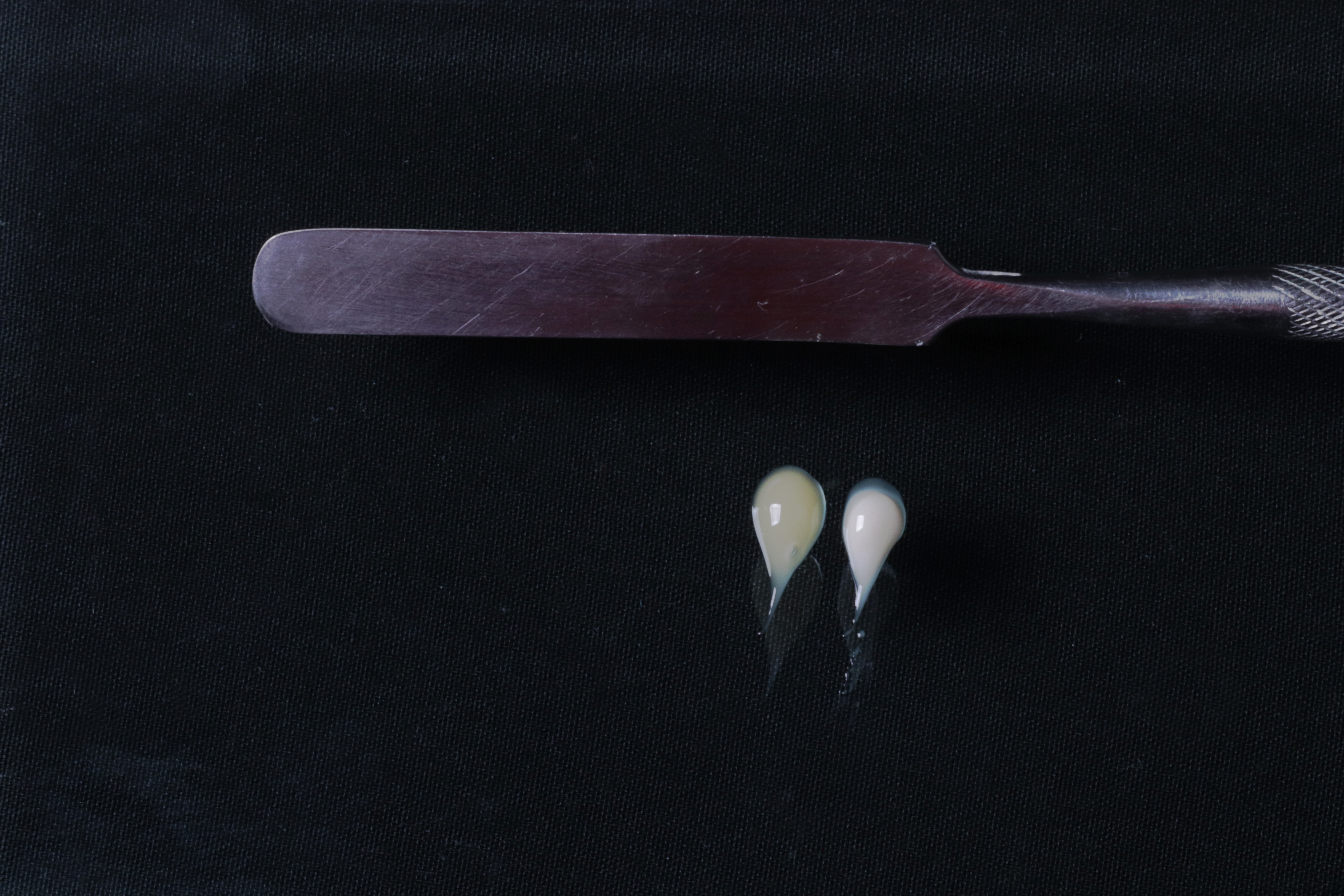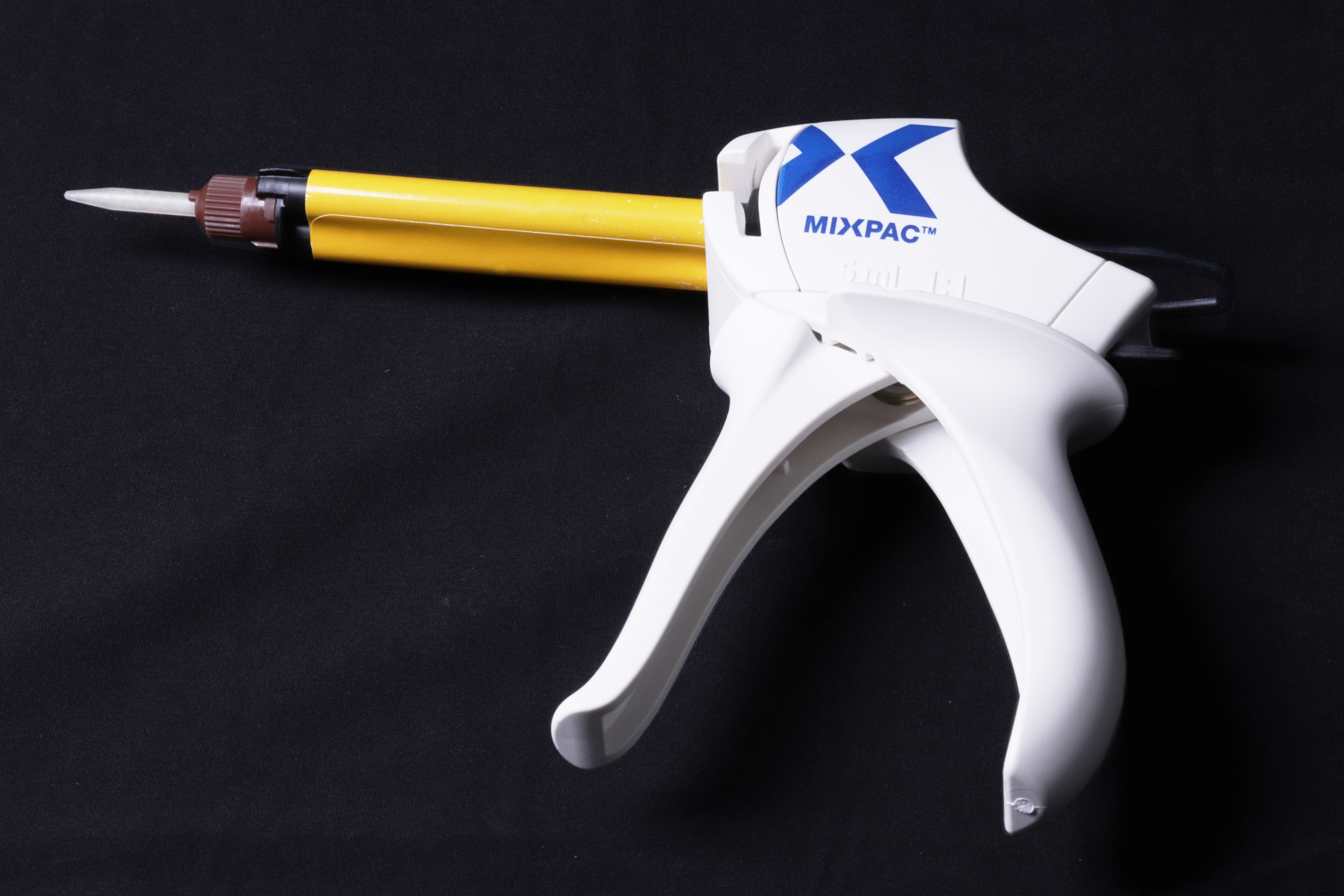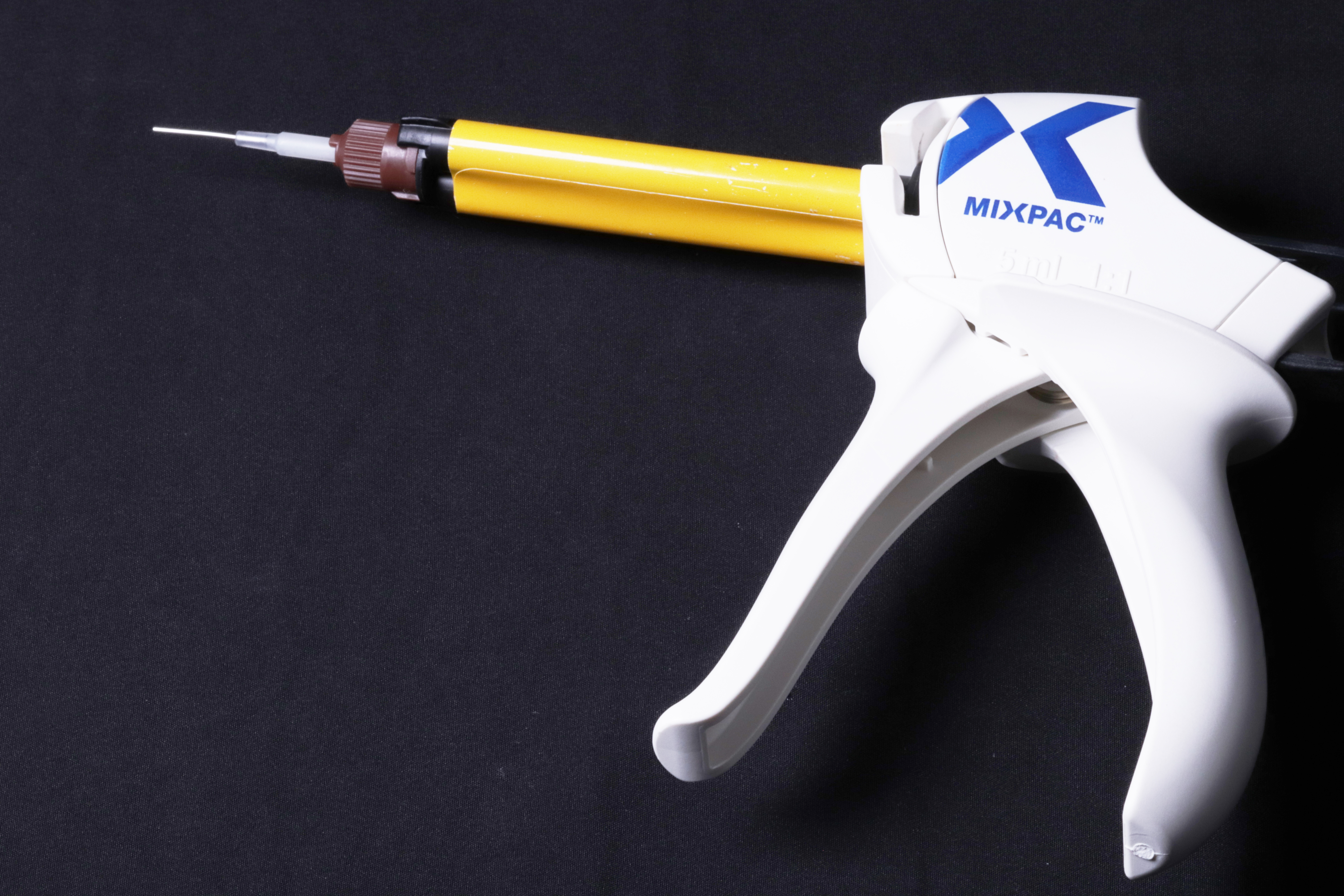The Power of Precision: T-Mixer™ Colibri™ Proves Superior in Resin Cement Polymerization
In restorative dentistry, the effectiveness of resin cement relies heavily on its degree of polymerization, which directly impacts the material's strength, durability, and long-term performance.** A recent evaluation conducted by Prof. Dr. Alexandre Coelho Machado at the Universidade Federal de Uberlândia underscores the critical role of mixing methods in achieving optimal polymerization. The study compared three mixing techniques—manual (spatula), helical mixing tips, and the T-Mixer Colibri mixing tip—revealing how advanced technology enhances clinical outcomes.
Study Highlights: Evaluating the Conversion Degree of Resin Cement
The primary objective of the study was to analyze the conversion degree (CD) of a dual-cure resin cement under different mixing methods and curing conditions. The conversion degree, expressed as a percentage, reflects the transformation of monomers into polymers, indicating the quality of polymerization. The study considered two curing methods: chemical polymerization and dual polymerization (chemical and light curing).
Mixing Methods Evaluated:
- Manual mixing with a spatula
- Helical mixing tip (type S)
- T-Mixer™ Colibri™ mixing tip
 Fig. 1. Manual mixing with a spatula
Fig. 1. Manual mixing with a spatula
 Fig. 2. Helical mixing tip (type S) with MIXPAC 5mL 1:1 Dispenser
Fig. 2. Helical mixing tip (type S) with MIXPAC 5mL 1:1 Dispenser
 Fig. 3. T-Mixer™ Colibri™ mixing tip with MIXPAC 5mL 1:1 Dispenser
Fig. 3. T-Mixer™ Colibri™ mixing tip with MIXPAC 5mL 1:1 Dispenser
Key Findings
- Superior Chemical Polymerization with T-Mixer Colibri
Among the three mixing methods, the T-Mixer Colibri achieved the highest conversion degree during chemical polymerization (50.79%)*, significantly outperforming both manual mixing (25.93%)* and helical mixing tips (41.57%)*. This highlights the T-Mixer's efficiency in challenging clinical situations where light access may be limited. - Enhanced Conversion with Mixing Tips vs. Manual Techniques
Both the T-Mixer Colibri and helical mixing tips showed substantially higher conversion degrees compared to manual mixing with a spatula. This demonstrates that mixing tips are essential for achieving optimal chemical polymerization, especially in scenarios where light curing may not penetrate thick cement layers or hard-to-reach areas.* - Dual Polymerization Achieves Comparable Results Across Techniques
When dual polymerization was used, all three mixing methods resulted in similar conversion degrees. However, in complex clinical situations where light curing is insufficient, the superior performance of the T-Mixer Colibri during chemical polymerization remains a critical advantage.*
* Internal data available upon request.
What This Means for Our Customers
For our customers in the dental industry, these findings emphasize the value of innovative mixing technologies like the T-Mixer Colibri in delivering superior clinical outcomes. Here’s why the T-Mixer Colibri stands out:
- Enhanced Efficiency and Precision: The advanced design and mixing technology of the T-Mixer ensures homogenous mixing, leading to higher polymerization rates and better material performance.
- Improved Reliability in Challenging Situations: With its unmatched chemical polymerization capabilities, the T-Mixer provides dependable results even in difficult clinical scenarios, such as thick cement layers or limited light access.
- Elevated Patient Outcomes: Higher conversion degrees translate to stronger, more durable restorations, enhancing patient satisfaction and reducing the risk of treatment failures.
Learn more about how the T-Mixer Colibri can revolutionize dental applications and support your business growth. Contact us today to explore partnership opportunities and bring this advanced technology to your customers.